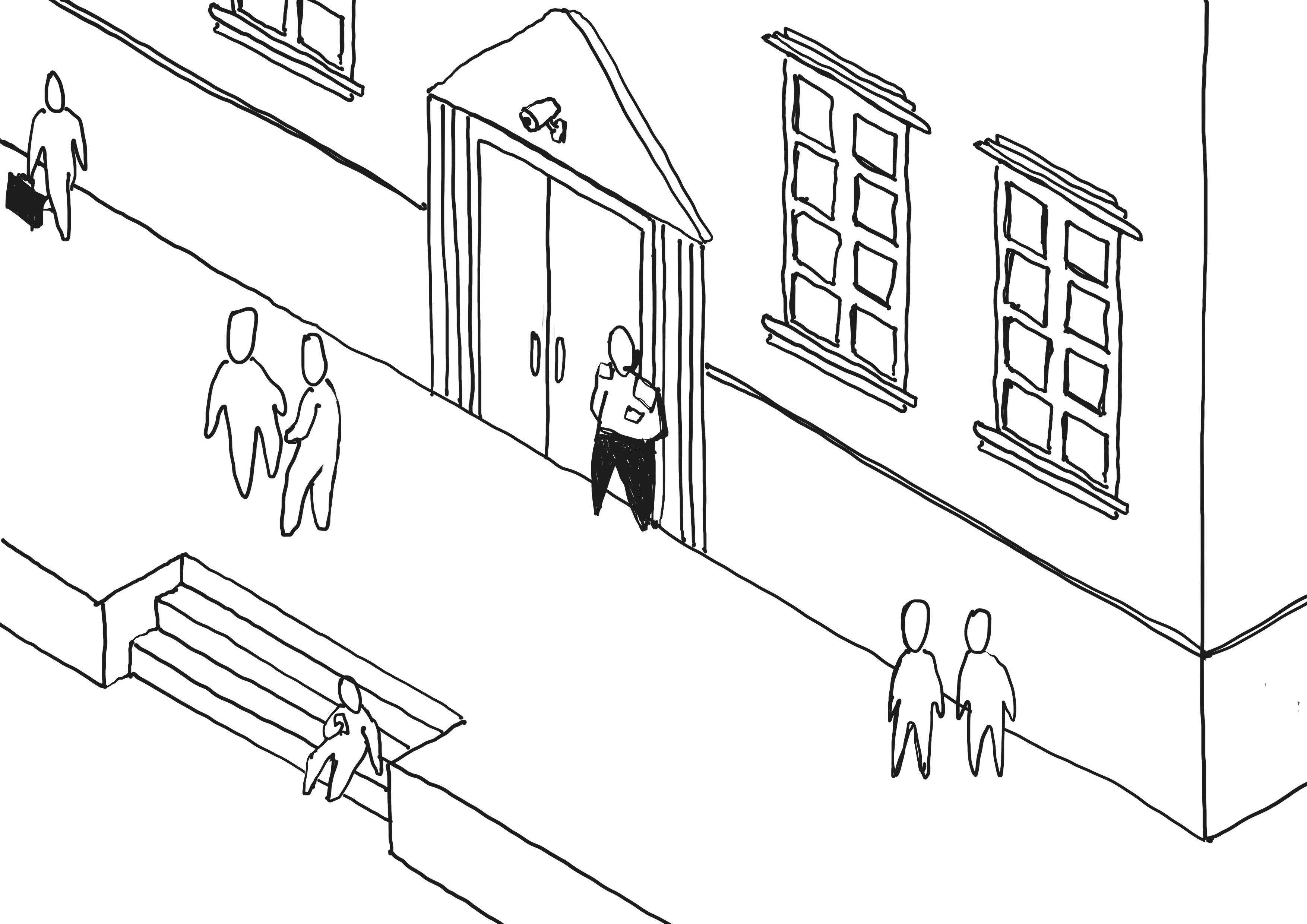Protection of public buildings

Protection of public buildings can be challenging as access can vary greatly depending on the use of the building. For example, there is a big difference between protecting Christiansborg Palace, which has restricted access (starting from the perimeter), and the Royal Danish Library where access is unrestricted. As with public spaces there may, therefore, be a conflict between the desire for unrestricted access and the desire for physical security.
If it is impossible to secure access conditions in the perimeter and/or the building exterior, protective measures inside the building must contribute to reducing the consequences of a violent incident. Depending on the risk assessment and the selected security level, you can also choose to supplement perimeter and building exterior protection with internal security measures.
Internal security can be layered along the same principles as would be used in private organisations, where, e.g. access control and closed-circuit television surveillance are used to raise the security level. Additionally, one could secure the room's furnishings, e.g. by affixing them to building components, using fire-retardant materials or using safety glass in glass panels to avoid flying glass fragments posing a danger in the event of a ballistic impact or the use of explosives.

